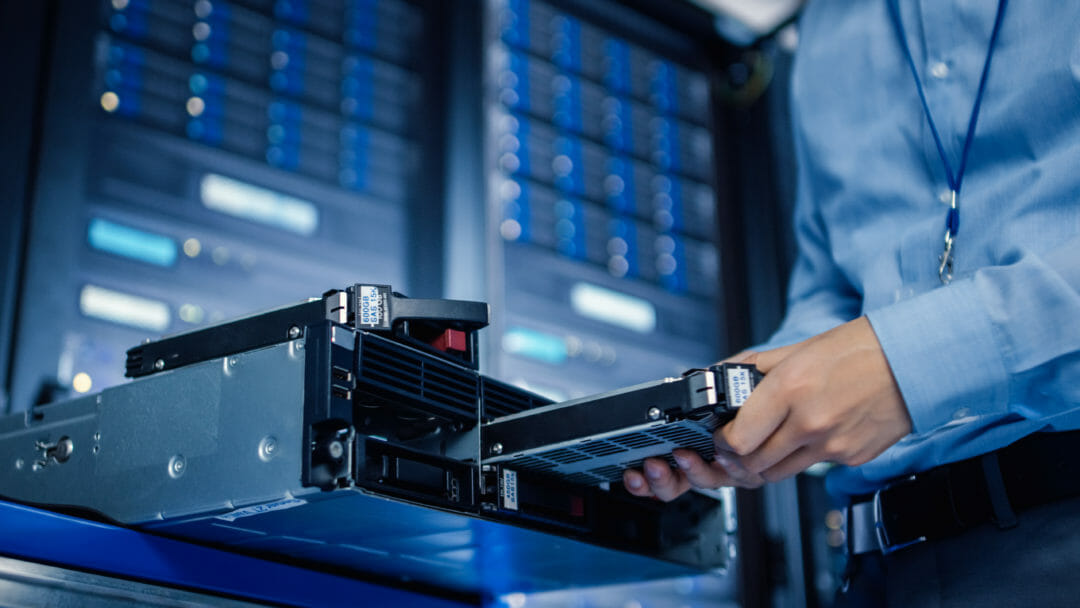In today’s high availability, always-on IT environments, technology never sleeps. Services and applications need to remain live 24 hours a day, seven days a week, 365 days a year, because the impact of downtime can be catastrophic to revenue, customer loyalty and reputation. As a result, organisations the world over rely on well established backup technologies to protect their data and workloads.
The recent launch of “Record-ish: The Original Periodic Recorder” as a non-disruptive challenge to the backup industry illustrates an important point about the state of the backup industry. A “technology solution” designed for users who only need backup to work some of the time for their undemanding workloads and applications, Record-ish is positioned as technology that never sleeps — except when it needs a rest. And by delivering the limitations of legacy backup solutions, organisations of all sizes can meet the needs of the pre-cloud era.
Recordish takes a satirical jab at legacy backup solutions and shines a humorous light on what happens when periodic data protection fails. The fictional product – depicted as an old-school tape recording device – markets itself as a backup solution that records “some of your data, some of the time”. In today’s world, that just doesn’t cut it. In an always-on world, Record-ish is an example of a technology paradigm that holds true to backup designs dating back over 40 years.
Investment in this kind of outdated technology is making a huge impact on modern enterprises where hybrid digital infrastructure is evolving. Despite widespread adoption, however, it remains unclear whether the technology is producing the kind of results organisations are looking for.
But, behind the hype, Record-ish delivers an important message intended to help organisations understand the risks they take by using legacy backup solutions, and the opportunities that exist for improvement.
The Record-ish story is a reaction to the technology status quo seen across the backup market. In reality, Zerto is offering to help businesses shift to true continuous replication with zero data loss for full-time data protection. With IT transformation now central to the fortunes of businesses in every sector, modernisation and cloud adoption rely on continuous, ‘always on’ availability — rather than solutions that are ‘sometimes there.’ By delivering backup services with zero data loss to public cloud market leaders such as AWS and Microsoft Azure, Zerto delivers new backup for a new world.
However, the backup industry is still operating in the same way it was decades ago, relying on periodic snapshots — rather than continuous data protection (CDP).
A new CTO strategy needed for the future of backup
Continuous data protection — maintaining an always-on customer experience
CDP allows organisations to automatically capture and track data modifications, saving every version of user-created data locally or at a target repository. With little-to-no production overhead, incremental writes are replicated continuously and saved to a journal file. CDP’s change block tracking also allows users or administrators to restore data to any point in time with remarkable granularity.
The bottom line is: what has worked in the past, will not work for the future. Any company still relying on expensive, dedicated backup and disaster recovery infrastructure should be evaluating a software-only platform based on a foundation of CDP.
But how many organisations can say they are fully prepared and confident in their ability to handle these workloads?
The risks are very real. From ransomware attacks and database corruption to accidental deletions, data and application availability can no longer be considered separately. Modern workload movement technology allows applications to move seamlessly from on-premise to multi-cloud. Data availability must move in tandem to assure the greatest agility and meet availability SLAs. Applications and data must remain available, regardless of the disruption, because customer relations and loyalty leave little room for downtime or data loss.
Take ransomware, for example, which is becoming one of the fastest growing recovery headaches for businesses around the world. Once an organisation falls victim to a ransomware attack, files are locked down. And if the latest backup is from last night, last week, or, even last month, the questions become, “How much data can we stand to lose?”, “What’s this going to cost the business?”, and “How will it impact my organisation’s reputation?”
For many businesses, being on the receiving end of a ransomware attack is only a matter of time. The problem is, having to restore to a day-old or even week-old backup means data loss and increased time and expense in recovery efforts.
As a result, companies are making the switch to solutions based on continuous data protection that meets the availability SLA’s required of today’s business while supporting hybrid and multi-cloud environments. IDC, for instance, reports that 70% of CIOs have a cloud-based strategy for application deployment. Their Technology Spotlight Report examines a new era of backup and recovery, answering questions on best practices and how organisations can future proof their infrastructure. For any organisation with a Record-ish backup strategy, it’s well worth a look.
To find out more about Record-ish, visit: https://www.record-ish.com







